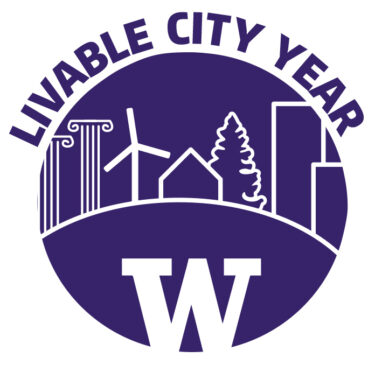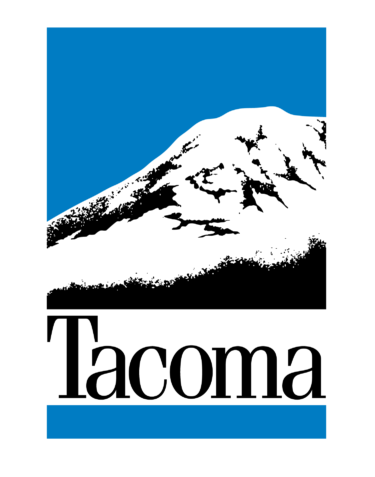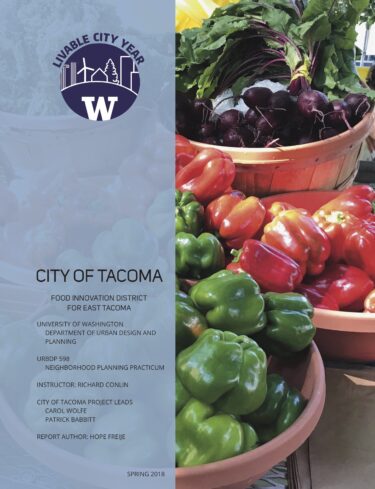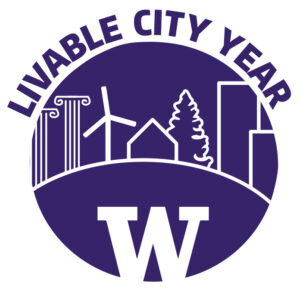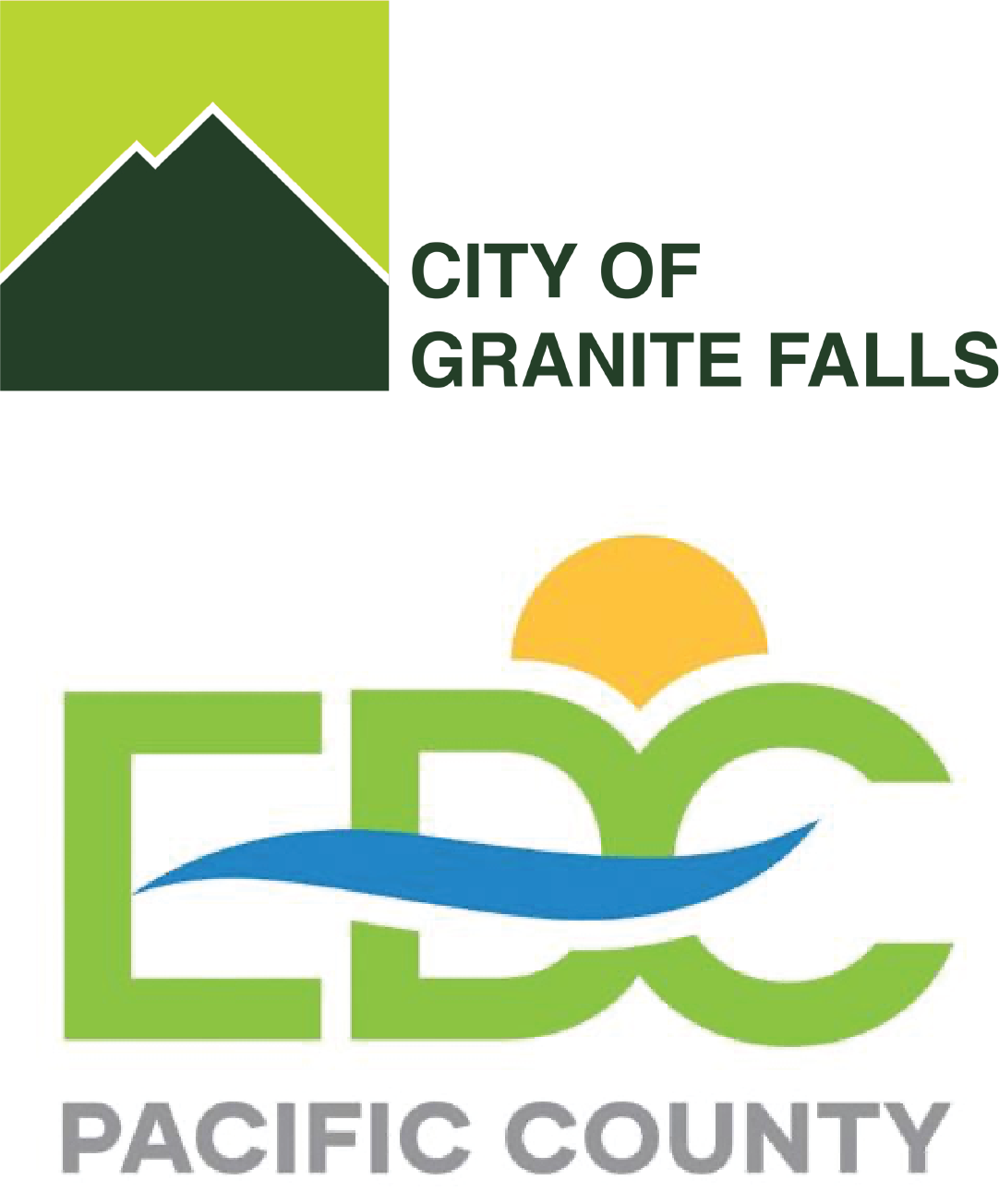Food Innovation District for East Tacoma
Livable City Year 2017-2018 – City of Tacoma
UW Faculty: Richard Conlin, Dept. of Urban Design and Planning
City Project Leads: Carol Wolfe, Community and Economic Development
Project summary
East Tacoma (also referred to as ‘the Eastside’) distinguishes itself as
a culturally rich neighborhood, with five primary languages spoken, a largely non-white resident base, and an array of diverse places of worship. Regardless of the Eastside’s cultural wealth, it ranks among Tacoma’s poorest neighborhoods by various health measures. For example, data indicates that East Tacoma residents contend with a shorter than average life expectancy and an increased likelihood of becoming obese than do the residents of other parts of the city. In fact, compared to Washington State averages, the people of East Tacoma struggle with chronic health conditions at an increased rate. Research conducted by the Tacoma- Pierce County Health Department suggests that the Eastside’s poor health metrics correspond to residents’ lack of access to fresh, healthy food.
The contents of this report represent the work of students enrolled in the University of Washington’s (UW) Urban Planning course, “Neighborhood Planning and Community Development,” who participated in the UW’s Livable City Year program (LCY) during the spring of 2018. The City of Tacoma contracted with LCY and requested that the students of this course create a plan to address the health disparities of East Tacoma. Specifically, the City asked for a set of recommendations for a Food Innovation District. This report outlines a plan to create a Food Innovation District (FID) in East Tacoma designed to increase residents’ access to healthy, affordable food, while also empowering their participation in an innovative, locally-based food system.
This report outlines a plan to increase residents’ access to healthy food while also empowering their participation in an innovative, locally-based food system.
The recommendations students generated take aim not only at increasing access to healthy foods and at encouraging people to choose those foods, but also at strengthening the community through shared food experiences and through education, training, and economic opportunities.
Part of the 2017-2018 Livable City Year partnership between the University of Washington and the City of Tacoma.
See all Livable City Year projects in Tacoma that UW students and faculty worked on during the year-long partnership.
